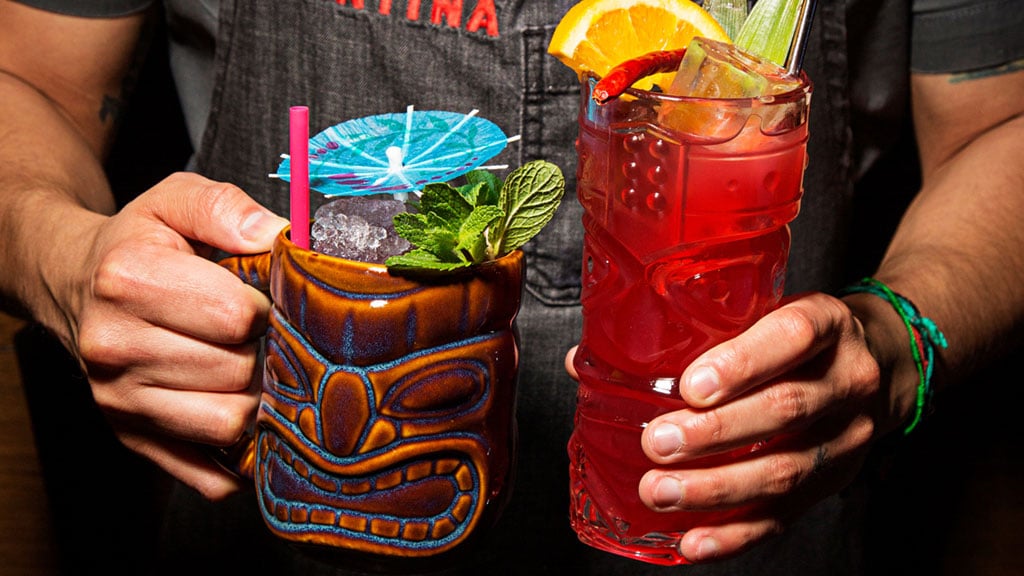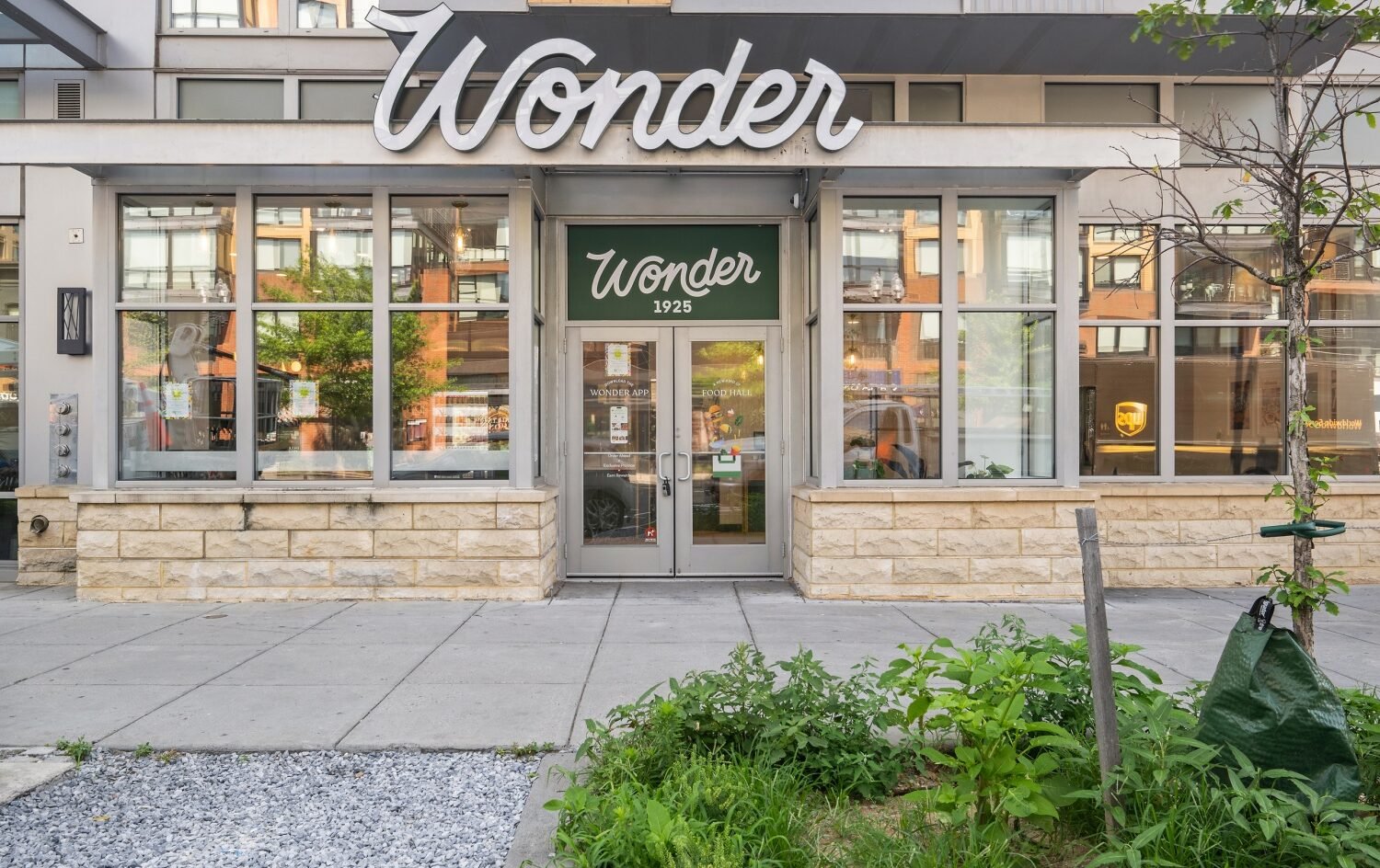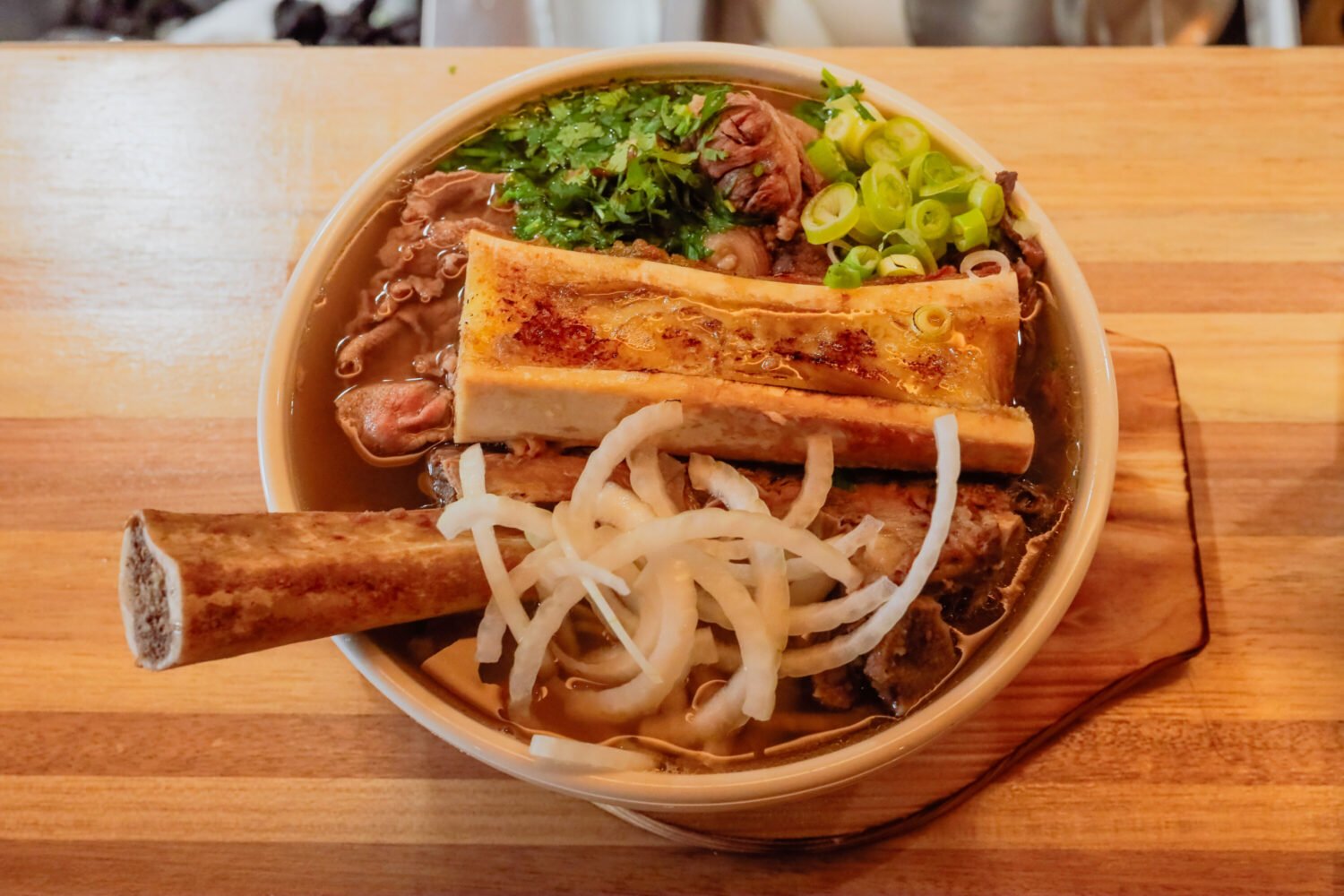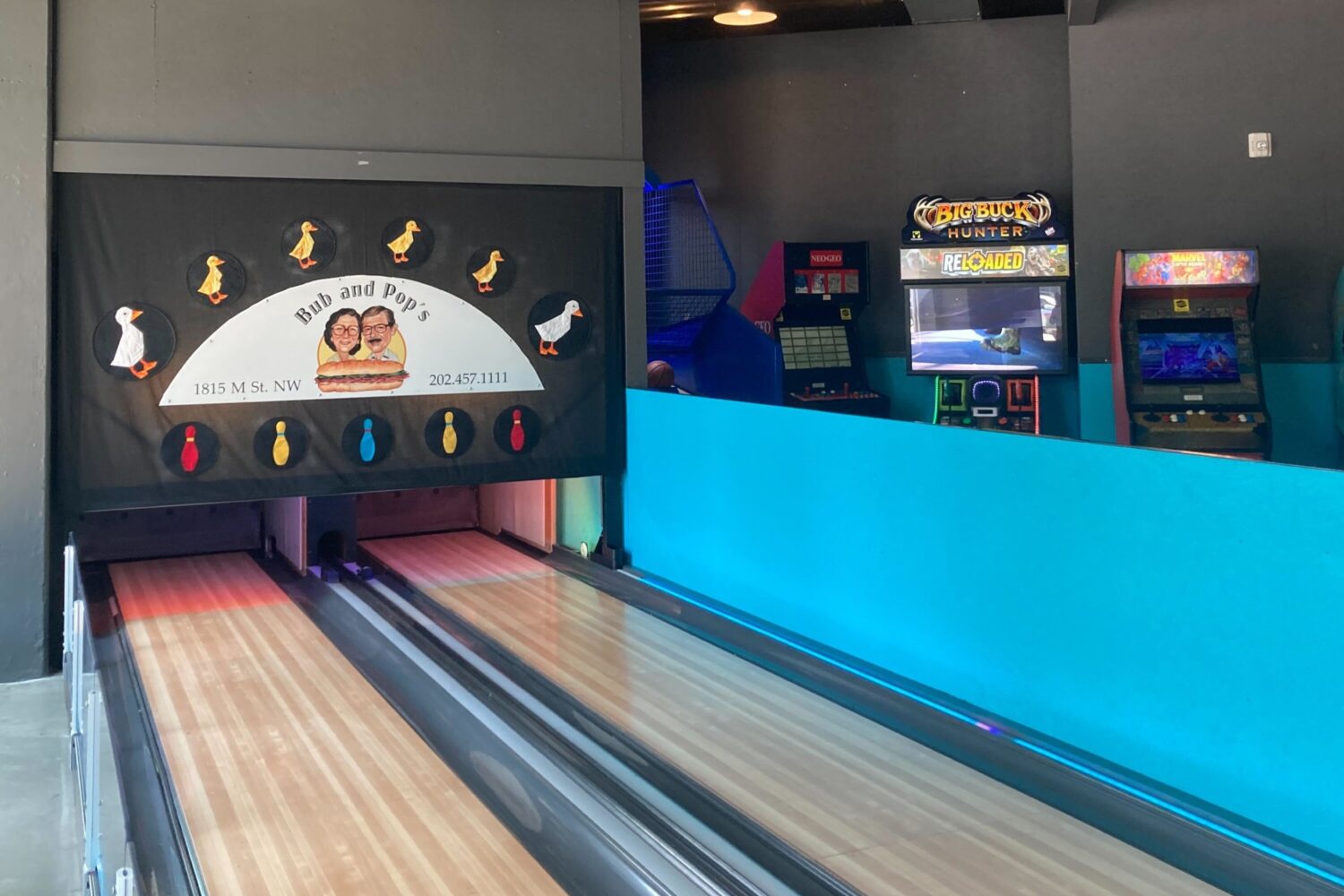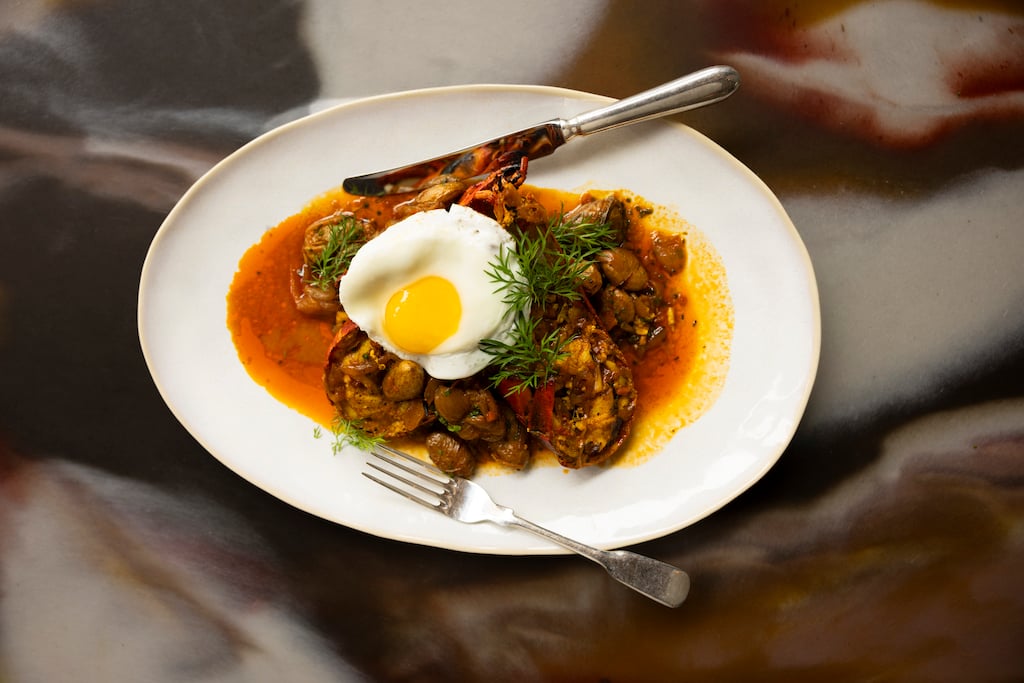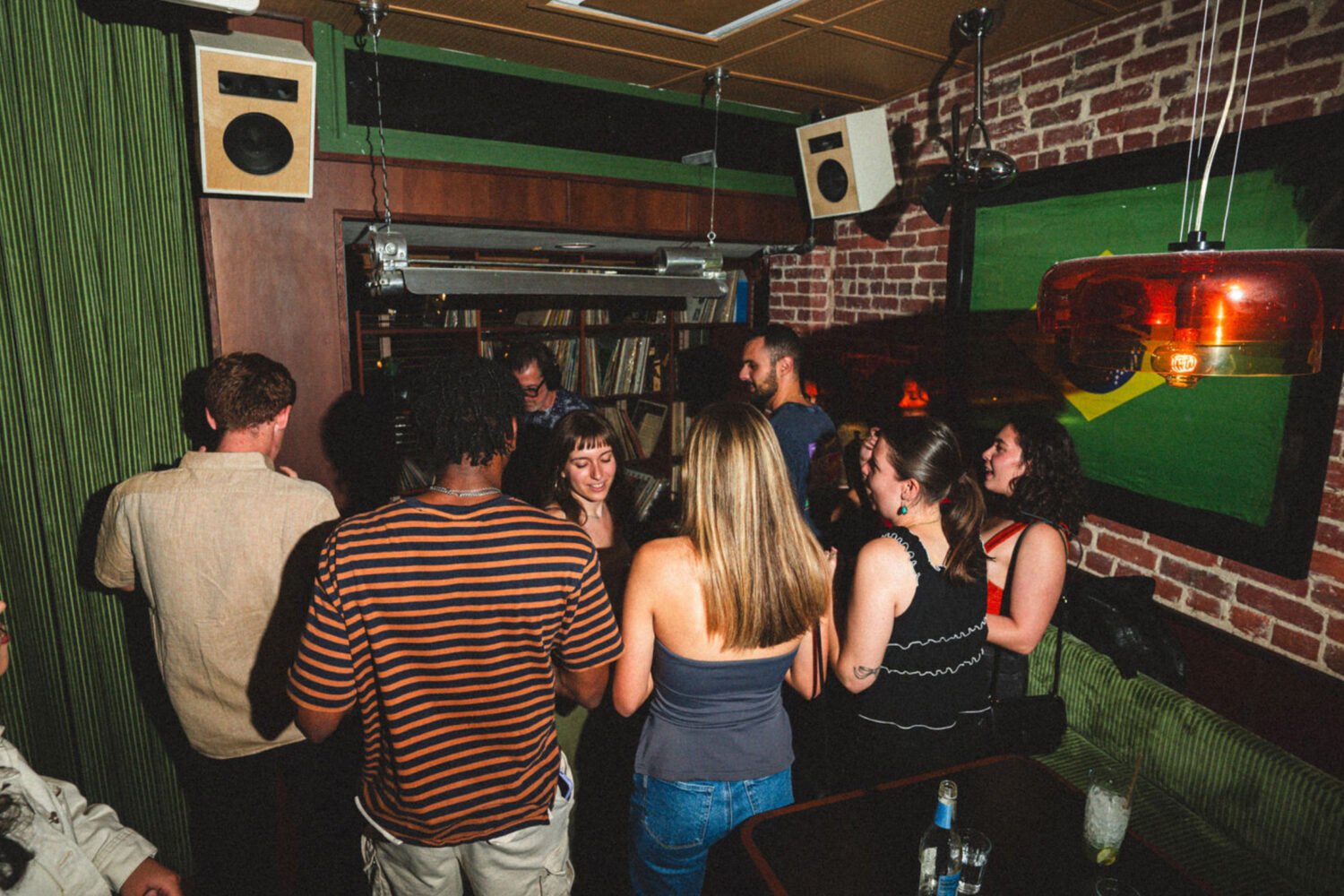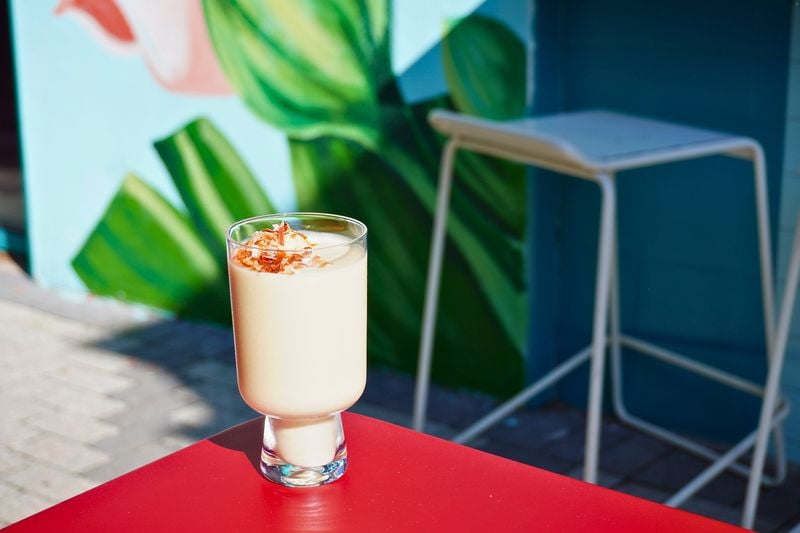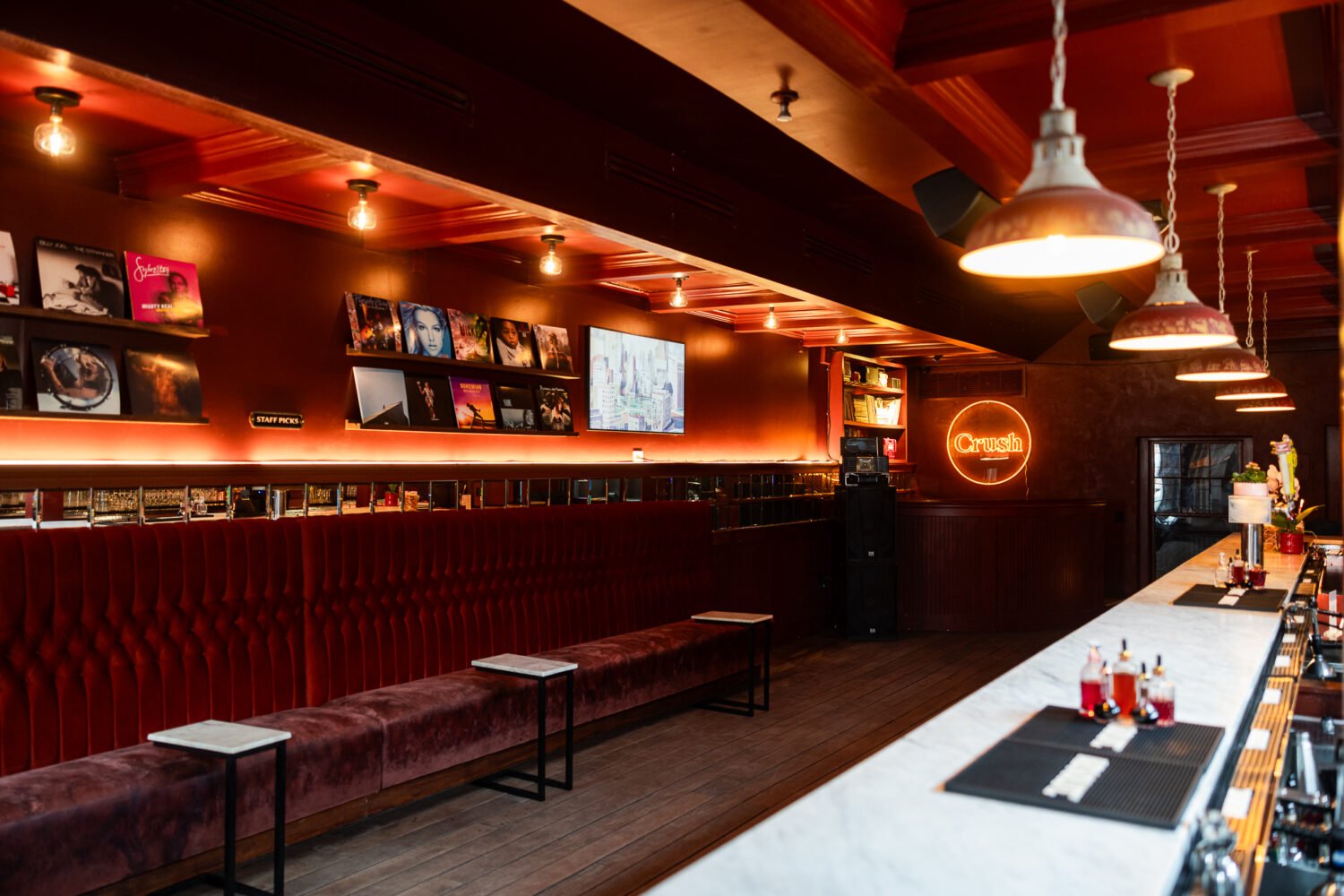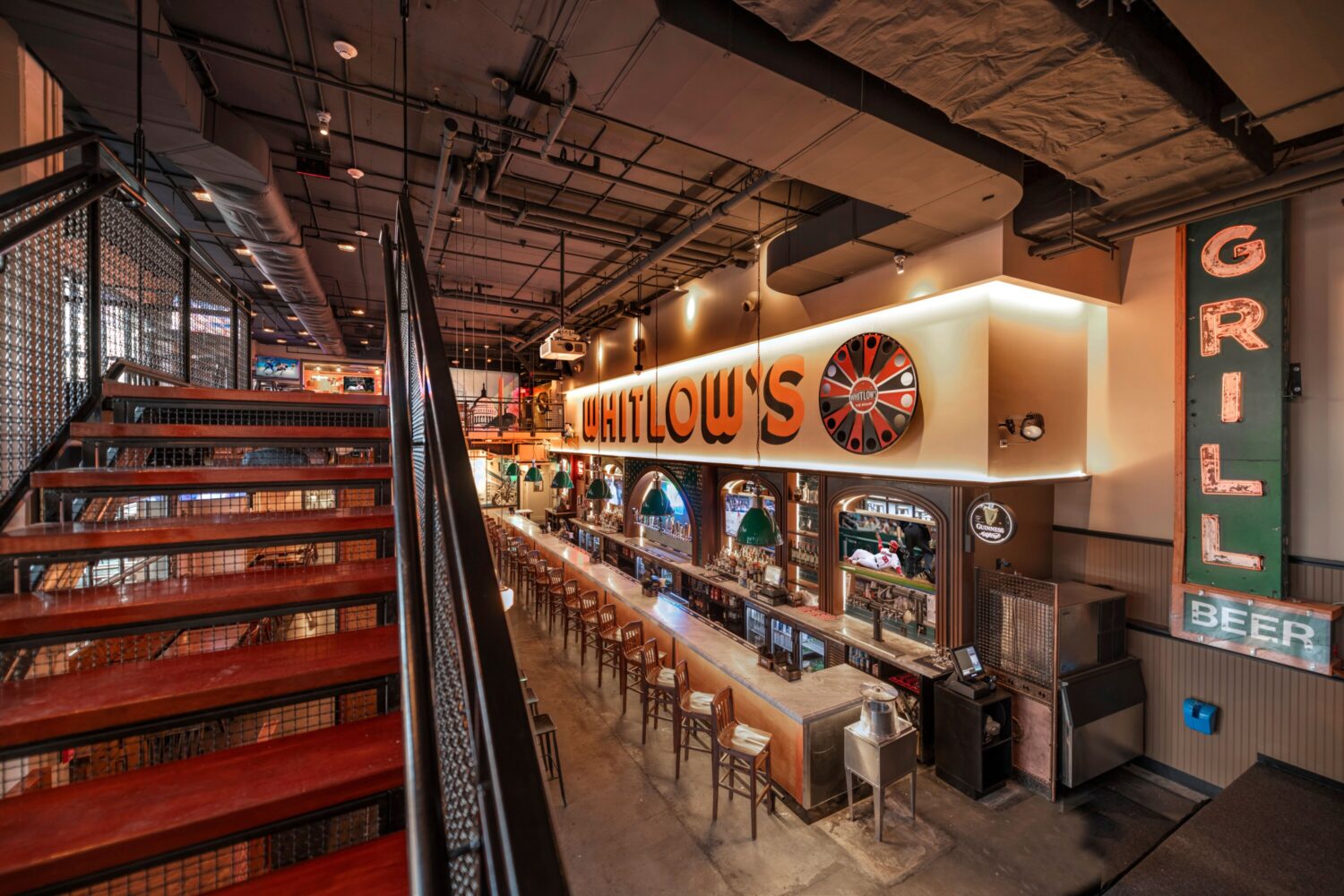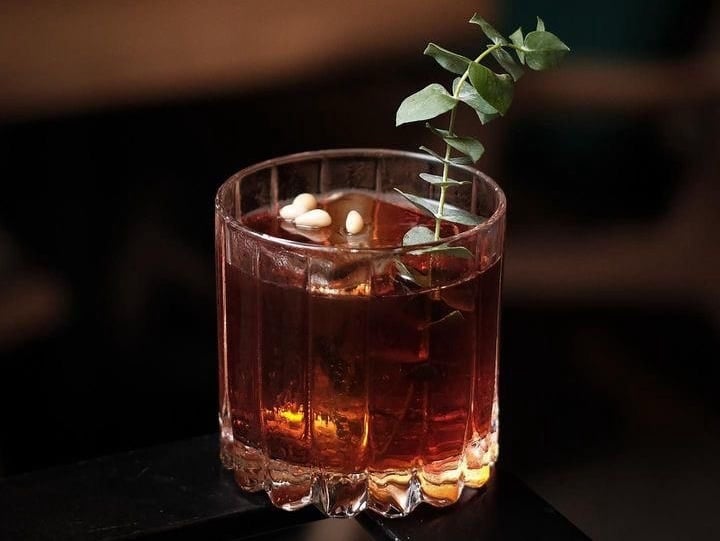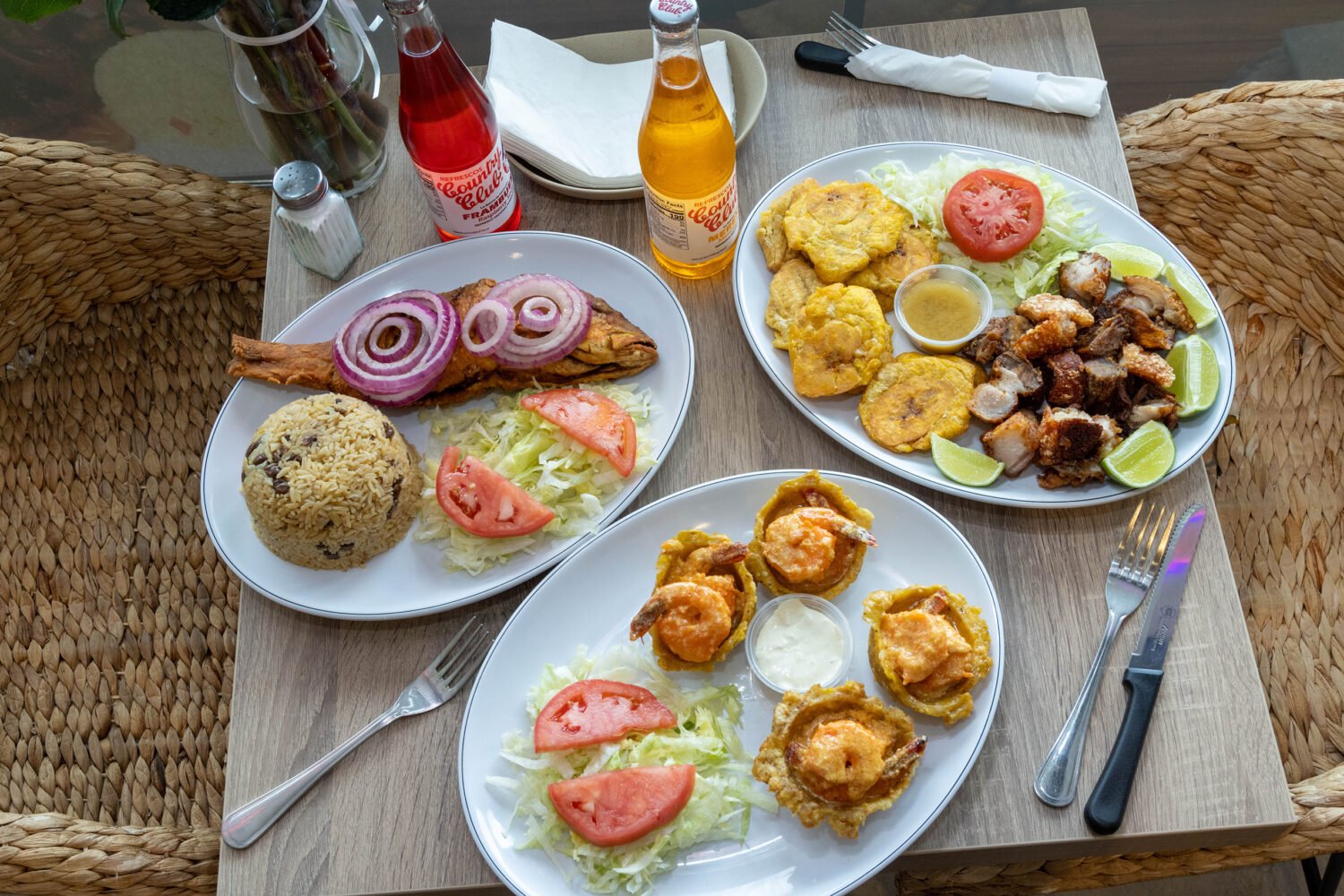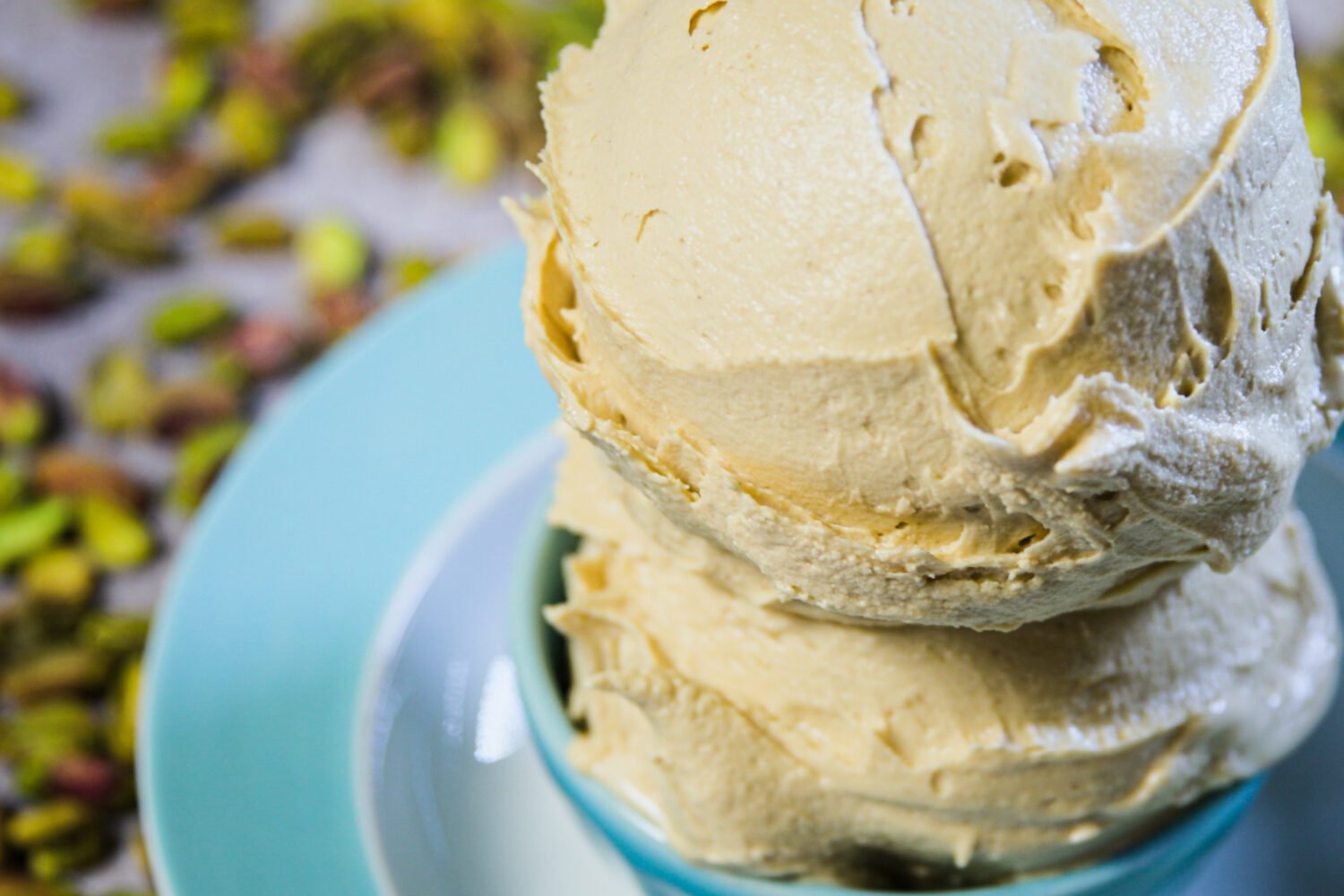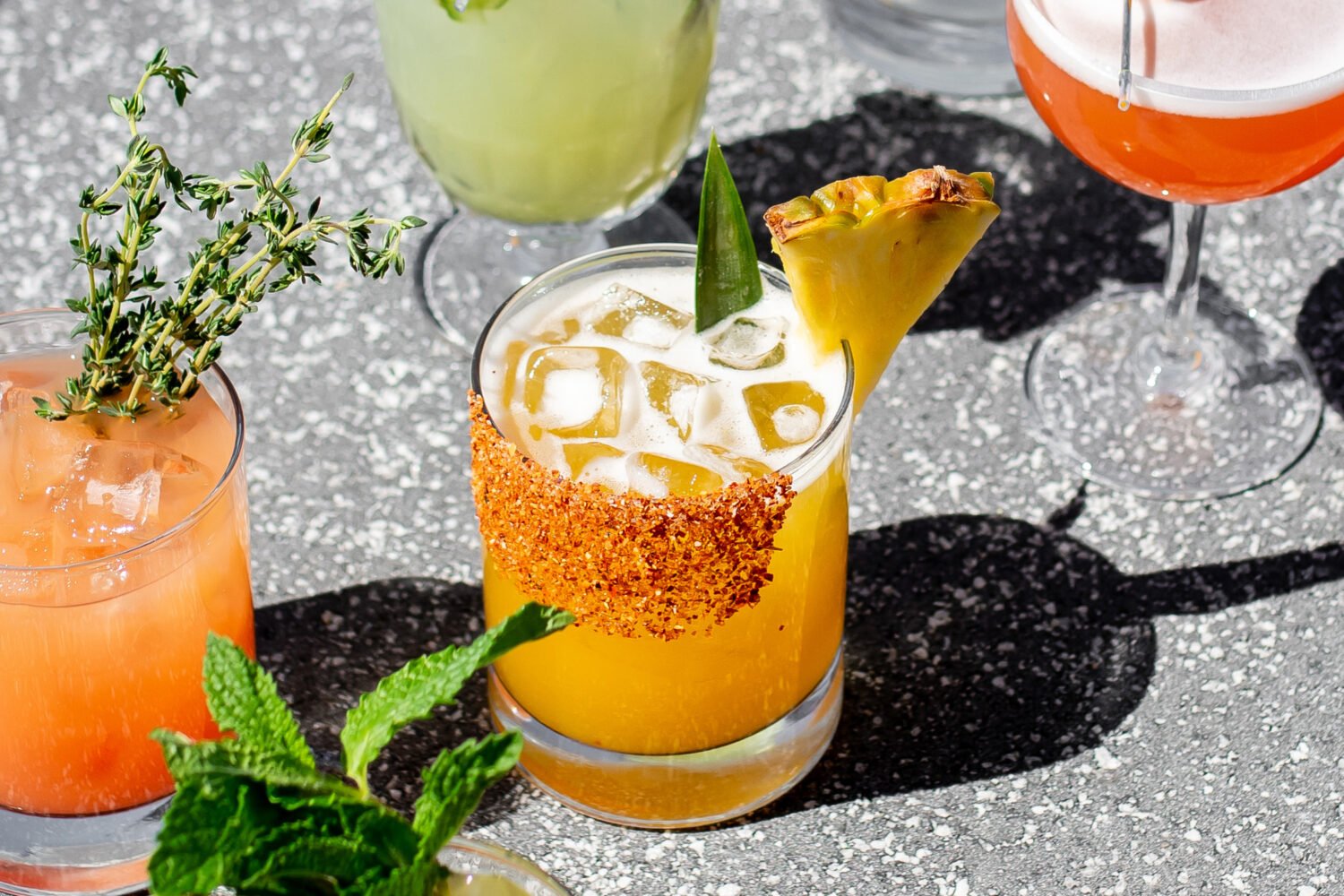Why is it suddenly tiki time? The fruity drinks, dating to the 1930s, are considered the final frontier of classic American cocktails for barkeeps, who have spent the last decade reimagining pre-Prohibition libations such as Manhattans. That’s not to say the tiki trend is a too-serious endeavor. “Tiki is the ultimate backswing,” says Owen Thomson of DC’s Archipelago. “Cocktails got really fancy, and bartenders got really snobby. But you don’t have to care about cocktails to like drinking out of a pineapple.”
Here are the tiki drink ingredients you’ll likely see:
Coco Lopez
Puerto Rico’s first piña coladas (circa 1954) are rumored to have been blended with this canned “cream of coco-nut,” and bartenders—even from-scratch devotees—have sworn by it since.
Crushed ice
The workhorse of any tiki bar. Pebble-size shards chill drinks quickly and have a higher dilution rate, which helps soften the blow of the potent concoctions.
Curaçao
Forget the electric-blue stuff. Dry curaçao—which boasts a pretty, golden hue—is a fragrant orange liqueur that adds floral notes.
RELATED: 6 Tiki Drinks You Need to Try at These Washington Bars
Falernum
A Caribbean syrup redolent with baking spices, ginger, and lime. House-made versions are the new norm.
Grenadine
A misunderstood ingredient (thanks, Shirley Temple). Traditionally, it’s a dark—not bright—red pomegranate syrup.
Orgeat
A sweet, milky almond syrup with hints of orange or rose blossom—crucial to any mai tai.
Rhum agricole
This earthy, complex rum is a protected product of Martinique and, to bear the name, must be produced under specific conditions, with geographically specific sugar cane.
Rum
Light, amber, dark—you’re likely to find all three in a single tiki drink. It’s not all about amping up the booze: Different styles play off each other, creating nuanced flavor.
This article appears in our July 2016 issue of Washingtonian.

